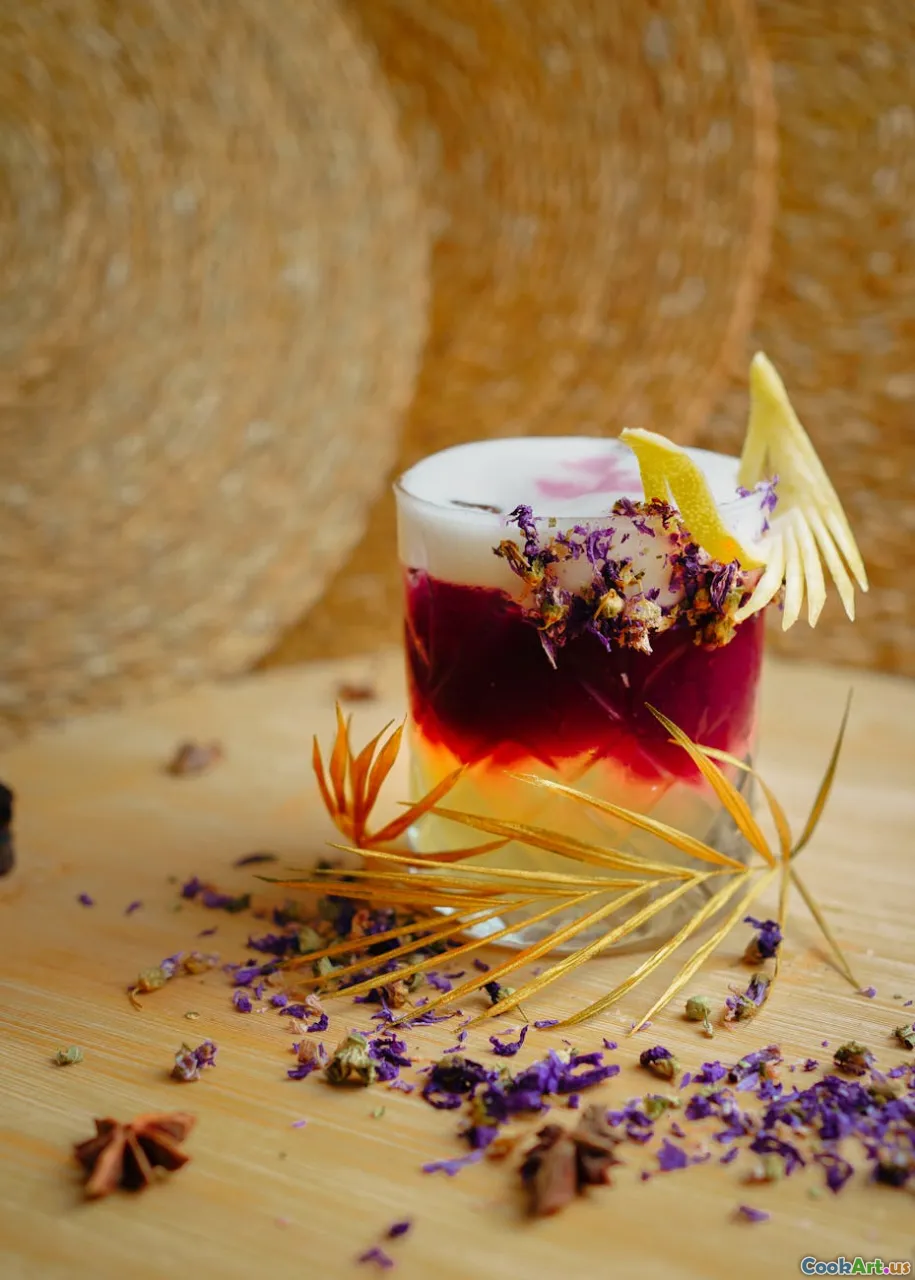Understanding Cocktail Textures
5 min read Dive into the fascinating world of cocktail textures and discover how they enhance the drinking experience. April 08, 2025 12:00
Understanding Cocktail Textures
Cocktails are not just about flavors; their textures play a crucial role in the overall drinking experience. When we sip a cocktail, we engage multiple senses, and texture is a key player in how we perceive taste and enjoyment. This article delves deep into the world of cocktail textures, exploring how they are created, their significance, and how they can elevate your mixology game.
What Are Cocktail Textures?
Cocktail texture refers to the physical feel of the beverage in your mouth. It can range from smooth and silky to gritty and bubbly. The texture can influence the perception of flavor, aroma, and even temperature, making it an essential element in cocktail crafting. Here are some common textures you might encounter:
- Silky: Often achieved with creamy ingredients like egg whites or dairy, creating a smooth mouthfeel.
- Fizzy: Bubbles from carbonated mixers or sparkling wines add a refreshing effervescence.
- Chunky: Ingredients such as muddled fruits or herbs create a tactile experience with bits and pieces that can be tasted.
- Thick: Syrupy ingredients, like honey or fruit purees, create a rich, dense mouthfeel.
The Science Behind Textures
The texture of a cocktail is influenced by its ingredients and how they are combined. Here’s a look at some techniques that contribute to texture:
1. Emulsification
Emulsifying agents like egg whites or aquafaba (chickpea water) create frothy, silky textures. When shaken vigorously, these ingredients trap air, forming stable bubbles that enhance the mouthfeel.
2. Carbonation
The incorporation of carbonated ingredients introduces fizz, which can lighten heavier flavors and provide a refreshing sensation. The type of carbonation (fine bubbles vs. coarser bubbles) can also affect the overall texture.
3. Ice Techniques
The way ice is used can significantly alter texture. Crushed ice creates a slushy feel, while large ice cubes melt slowly, allowing for a smoother drinking experience without diluting the drink too quickly.
4. Garnishing
Garnishes can add an additional layer of texture. For instance, a sprinkle of coarse sea salt or a rim of sugar can create a contrast with the liquid and enhance the overall experience.
Enhancing Cocktail Textures
Experiment with Ingredients
Try using different bases like coconut cream for a richer texture or tonic water for a crisp, bubbly feel. Experiment with bitters and flavored syrups, as they can add depth to the overall mouthfeel.
Layering Techniques
Creating cocktails with layered textures involves using ingredients of different densities. Pouring carefully can allow denser liquids to settle at the bottom, creating a visually stunning drink that offers a unique experience as you sip.
Textural Pairing
Think about the textures of food that might accompany your cocktail. A crunchy appetizer can contrast beautifully with a silky cocktail, enhancing the overall dining experience.
A Cultural Perspective
Different cultures have their unique approaches to cocktail textures. For example, traditional cocktails from Japan often focus on clarity and purity, resulting in drinks that are smooth and refined. In contrast, the vibrant cocktails of Latin America frequently celebrate bold flavors and textures, incorporating fresh fruits and herbs that add complexity and excitement.
Conclusion
Understanding cocktail textures is crucial for any aspiring mixologist. By exploring different techniques and ingredients, you can create drinks that not only taste great but also engage the senses in delightful ways. Whether you’re crafting a classic cocktail or developing your unique creation, remember that texture is an essential ingredient that can elevate your cocktail from ordinary to extraordinary.









